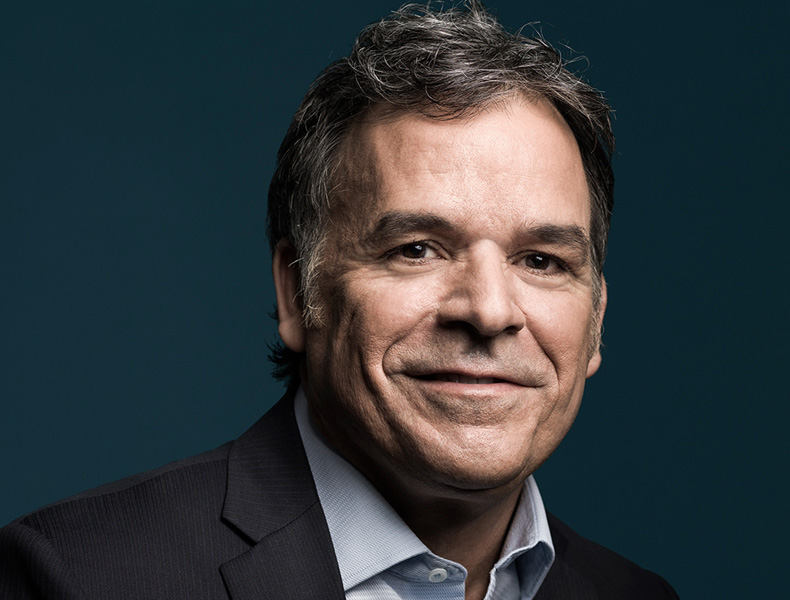Food Technology Magazine | Digital Exclusive
Experts Say Credibility, Clarity Are Best Antidotes to Poisoned-style Documentaries
Industry insiders say that food companies who can up their game with credible and clear science-based communications will provide the best antidote to one-sided messaging.

© zimmytws/iStock/Getty Images Plus
While this fall’s release of the Netflix documentary, Poisoned: The Dirty Truth About Your Food is just the latest of similar films depicting the food system as “broken” in terms of food safety and sustainability, industry insiders say that food companies who can up their game with credible and clear science-based communications will provide the best antidote to one-sided messaging.
Food industry experts shared tips and strategies for improving responses to negative media coverage focused on food safety during the Institute of Food Technologists’ online panel discussion, “Critical Conversations with IFT Part 2—Navigating Media Responses to Poisoned and Beyond,” which aired on November 13.
More than 220 participants attended the interactive webinar, co-hosted by Tracy Fink, IFT’s director of scientific programs and science and policy initiatives, and IFT Fellow Larry Keener, CEO of International Product Safety Consultants, Inc.
Featured panelists included David Acheson, MD, president and CEO of The Acheson Group and former chief medical officer with USDA’s Food Safety and Inspection Service and FDA’s Center for Food Safety and Applied Nutrition; Dane Bernard, managing director at Bold Bear Food Safety and former Keystone Foods global vice president of food safety and quality; and Dean Neumann, whose over 30 years of experience as a media relations consultant includes advising some of the nation’s most recognizable organizations, including CVS Health subsidiary Zinc Health Services and The Mayo Clinic.
The panel discussed the challenges when food safety concerns arise in media reports or documentaries, such as Poisoned, Food, Inc., or HBO’s John Oliver’s Last Week Tonight, which can sometimes erode public trust in the food and agriculture industry. Each offered recommendations about how best to approach situations where public perception might not align with the scientific facts.
Among the fundamental strategies that food scientists can employ to bridge this gap is to use plain language and analogies that non-scientists can understand, panelist Dane Bernard noted.
“One thing that I found through my experience doing interviews is that communicating science to the general public [or] to a reporter is never an easy task,” Bernard said. “I would try to relate a complex topic to something that was familiar to people.”
For example, he said, scientists will know about whole genome sequencing and its role in diagnosing and tracking diseases, but consumers may not be familiar with what it is or how it works. “I think most people sitting around a dinner table these days have discussed Ancestry.com or 23andMe,” Bernard explains. “You spit in a tube, and you send it off, and if your brothers [have also] sent [in vials], they can tell you that that's your brother, that's your mother, that's your father, that's your second cousin over there.
“Using the same technology, we can do the same thing with bacteria,” he continued. “We can say this is a brother, this is a cousin, et cetera, and by applying that same technology, you can take, for example, a sample of a Salmonella strain from someone in Indiana and compare that to the genetic sequencing––i.e., the Ancestry.com––of someone from Wisconsin, and you can get an idea of relatedness of that strain. So, in communicating the science, you've really got to find some practical examples that people can relate to.”
Panelist David Acheson agreed, adding that credibility is key when communicating scientific concepts to the mainstream media and to consumer audiences. “If you lose your credibility in the first sentence, you can't get it back, you can't put that genie back in the bottle,” he said. “Again, part of where I think we struggle, particularly in today's environment, [is that] there's an expectation that you say something, that you respond. Silence is deadly because reporters or other audiences might fill in the gaps with information that is not credible, frankly.”
Acheson adds that maintaining credibility with non-scientific audiences may mean admitting what you don’t know. “I've found that if you say what you know, say what you don't know, and say what you're doing to try to fill those gaps and to figure it out, it often helps. And that works in the context of being able to go back with a follow-up and say, ‘Well, here's what we figured out.’ I think intelligent reporters understand when you're working something out, and you don't necessarily know all the answers. It's using the examples, but also trying to know your audience and recognize that maintaining that credibility is key because once it's gone, it's gone.”
Part of the webinar discussion focused on specific gaps in information in the Poisoned documentary and on food industry and food safety experts’ participation in the film. Panelist Dean Neumann advised that experts should consider declining the invitation to participate in such activities altogether, especially if the documentary appears to be one-sided in its messaging.
“One of my observations with this particular documentary is that if all those [regulatory and food industry experts] had said, ‘We are really uncomfortable with being on camera or participating,’ you’d have no documentary,” Neumann explained. “I always counsel very strongly that sometimes the best thing to do is to provide a statement and not go on camera.”
He suggests that the best approach is to assess the cost-benefits of responding through the documentary medium. “You have to ask yourself, ‘Is doing this going to just make matters worse?’ I don't own the editing suite, [so] I have to understand I'm taking a significant risk with this, and understanding who's behind the story or the documentary is really important. At the end of the day, you may want to say, ‘It's better for us to participate. The likelihood of us getting our message across is probably better,’ but still, at the end of the day, a lot of your great comments can fall on the cutting room floor.”ft









